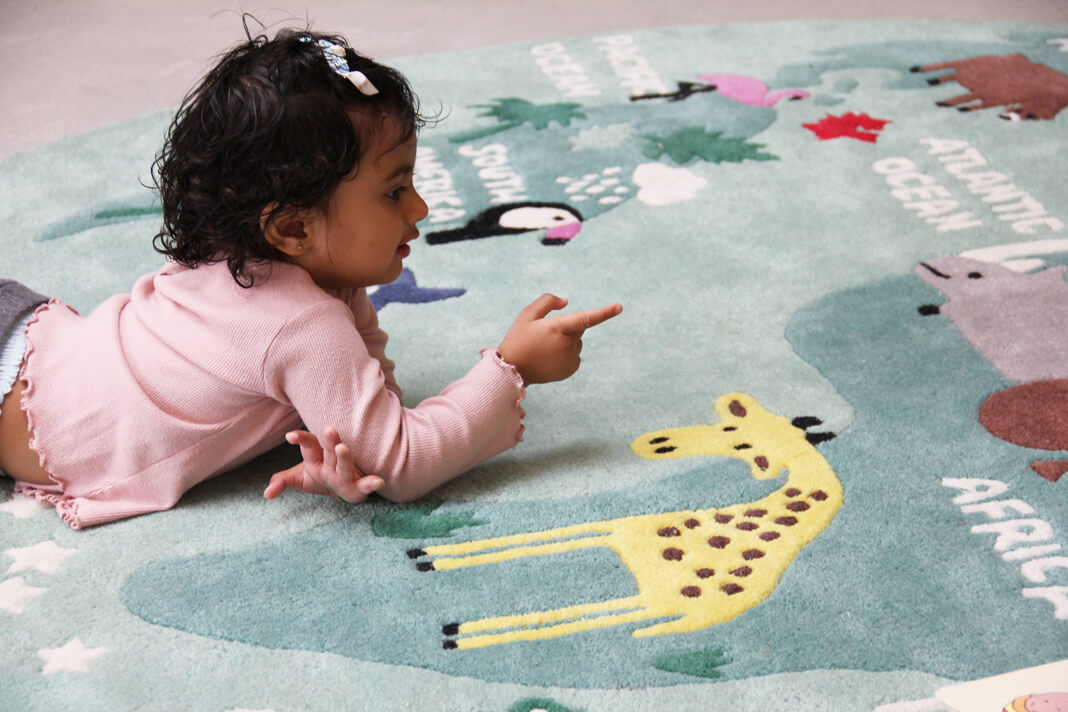09 Mar Bedtime Reading

Once upon a time…researchers discovered that the most dramatic growth of the human brain occurs during the first 3 years of their lives. In developmental psychology, children’s learning is seen as being limited to their lack of experience and accumulated knowledge. Young children are proficient at learning through imitation from a very early age, and they adopt other methods of learning as they grow and become more independent. Since the 1970s, research evidence is being collected of infants imitating both facial and manual gestures, highlighting the complex physical and neural activity involved in even simple imitation.
Parenting styles that involve reading to their children (aloud) since birth and throughout (at least) the first few years of their lives. As infants & toddlers prepare to sleep, bedtime stories attach emotional and cognitive meaning to the night time routines for parents & children. While you make up stories about the Rollercoaster adventure or the Fishing expedition with Charlier the Sea Turtle, you’re actually promoting brain development.
The development of secure attachment is extremely essential to be focused upon in the early years of life and bedtime stories foster parent-child bonds. The whimsical and imaginative world of stories gives the children a sense of security as their parents – their source of connection with the world – stimulate imagination in the children’s brain and prepare them for possible vivid dreams.
As caregivers and parents interact with children in various voices with extravagant characters and storylines, little do we see with our naked eyes that the brains of children can be rewired in this way to quicken their mastery of language. Reading this, some might wonder if a lack of reading in the early years could be the reason for permanent discrepancies between the children who regularly read and who don’t. It is absolutely never too late to start reading and performing literacy exercises to attain the required performance.
How does this work or how does the brain of children activate? An area in the left hemisphere of the brain called the ‘parietal-temporal-occipital association cortex’ is responsible for multi-sensory stimulation and integration. This region of the brain lights up or is activated when younger children are hearing stories, which simply means that there is the integration of a sound and visual stimulation together. There are different levels of brain activation that are often linked with the practice and habit of reading or listening to stories. Early on, it is advised to show children picture books while caregivers or educators or adults make them listen, this is to establish sound and visual associations. Eventually, even with the absence of visuals at times, the knowing sounds would activate the same region of the brain, enhancing the learning outcome. The ability to visualize something that you cannot see, based on what you hear, is developed better when children are used to stories. Reading picture books with young children may mean that they hear more words, while at the same time, their brains practice creating the images associated with those words — and with the more complex sentences and rhymes that make up even simple stories.
Example: When you read Margaret Wise Brown’s classic bedtime story Goodnight Moon to your baby, exaggerating the oo sound in moon and drawing out the word hush,
you’re stimulating connections in the part of their brain that handles language sounds (the auditory cortex). In English, there are 44 of these sounds, called phonemes, ranging
from ee to ss. The more frequently a baby hears these sounds, the faster they become at processing them. Then, when a toddler is trying to learn the language, the more easily they are able to hear the difference between, say, the words tall and doll. As grade-
schooler learning to read, they are more adept at sounding out unfamiliar words on the page.
Story time is a stepping stone to developing language and conversational skills. Bedtime reading or general story time also expands your child’s vocabulary and the repetitive nature of the act of reading a book allows children to learn something new each time. Initially, when they listen to a story for the first time, they don’t absorb everything. However, as the bedtime reading becomes a repetition or a habit, the same story stimulates pattern creation, pattern recognition, and sequence identification in the children’s brains.
Eventually, they learn to predict future events in the story before they see the associated pictures or hear the exact words.
The emotional warmth during bedtime reading that the child experiences can be a healthy coping method in case of high-stress levels. The soothing calmness that the child feels while they cuddle up with their caregivers and snuggle with their favorite toys, can boost their endorphins and enhance the nature of the story time. Allowing them to choose their own books would give them a sense of independence and give them clarity on decision making as well.
Relax and enjoy with your child, read some stories to meet your child’s language and emotional needs. You will be surprised at the calmness of the reading session that you experience as well.


No Comments